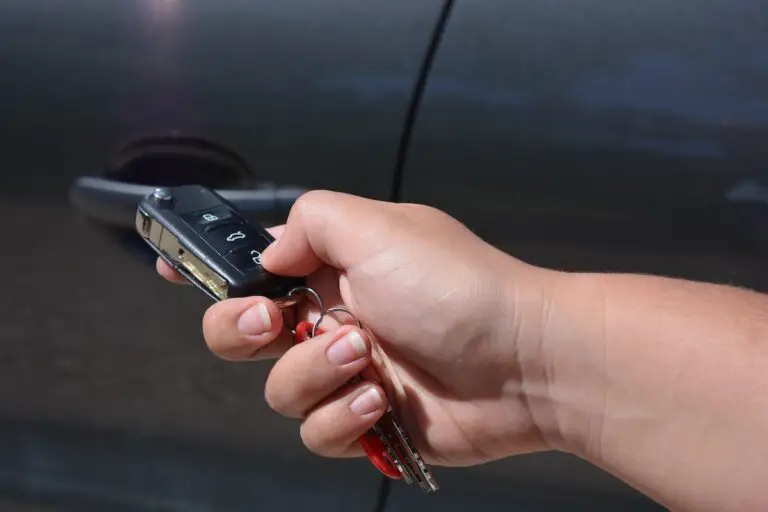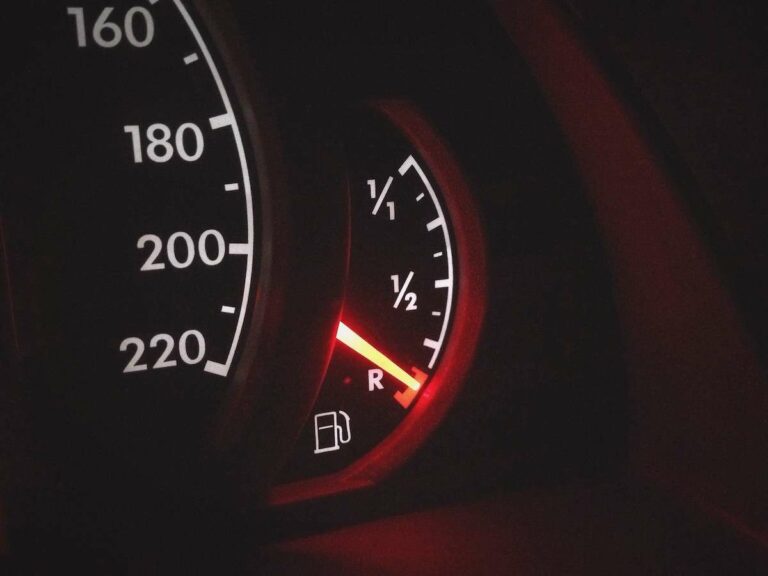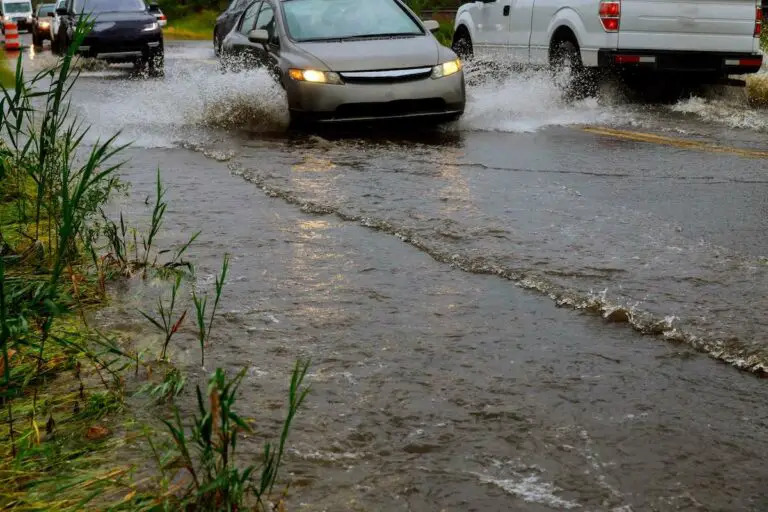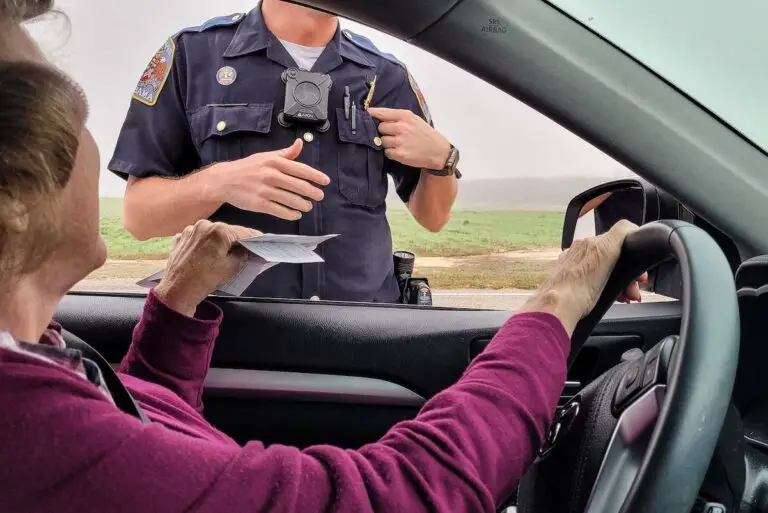Car Won’t Start But Radio Works? [Reasons & How to Fix!]
Cars are marvelous machines but they sometimes present problems. When your car won’t start, it can be incredibly frustrating. If your car won’t start but the radio works, what does this mean?
If your car won’t start, but the radio is still working, your battery could be dying but not dead yet. It could also be due to an issue with the starter motor, a problem with the ignition switch, or bad spark plugs. All of these and more can contribute to your car refusing to start.
Let’s dive into some detail on how you can test these common problems and what you can do to fix them.
Pro Tip: If your car battery is dead, don’t throw it away! Check out this tutorial on how to bring your dead battery back to life and save a lot of money! This little known method is simple, quick and works for almost ANY battery out there!
1. Your Battery Is Almost Dead – The Most Likely Problem
The first thing that comes to most people’s minds when their car won’t start is a dead battery. Although the battery might be making a few clicking noises, you don’t expect the lights and radio to work.
However, if the battery isn’t completely dead, it will often still run the radio, interior lights, etc. This is because these things require minimal power.
If you think you may be encountering a battery that’s almost dead, there are a few things you can check to figure out if this is most likely the case:
- Check if your battery is making a clicking sound. If the car isn’t starting, but there is a clicking sound, it is likely that your battery is almost dead.
- Check if the lights come on. If your lights are coming on, but they’re dimmer than usual, it’s probably the battery.
- Check if the car will start with your foot on the gas pedal. Usually, if a car battery is nearly dead but not completely dead, it will start once you give it some gas.
How To Fix It
If you think your battery is on the fritz, luckily there are a few things you can do.
The first thing I would suggest is to try jump-starting your car. Most people know what jumping a car is, but just in case you don’t, jumping a vehicle involves using jumper cables.

Jumper cables have one positive and one negative clamp on either end of a long thick wire. They work to pull power from one healthy battery into a dead one.
Here’s how to use jumper cables to jump-start your car:
- Connect the cable’s positive (red) and negative (black) ends to your battery and someone else’s car battery.
- Start the other car and wait.
- You should expect power to return to your battery within a few minutes. After this, you can start your vehicle, let it run for some time.
For a more comprehensive guide on how long to charge your battery with jumper cables, take a look at my other article on charging with jumper cables. You can also check out my other helpful blog about how long it takes for an alternator to charge the battery.
If jumping the car doesn’t work, it might be time to replace the battery because car batteries are only built to last so long. If you’ve never replaced your car battery, or if it’s been more than a couple of years, it’s likely that the battery has gone bad and needs replacing.
Before replacing your battery, take it to the nearest auto mechanic shop to get it tested. If you’d rather handle things at home, you can test it yourself with a simple battery test like this KONNWEI KW208 Battery Tester from Amazon. This battery tester is compact, easy to use, and lets you know the condition of your battery within minutes.
2. Your Starter Motor Is Going Bad
When the starter motor is going bad, the car often shows similar symptoms to when the battery is dying. You can expect the headlights, radio, and so on to continue to work. Usually, a jumpstart will work initially in the same way it will with the battery.
However, if the problem ends up being your starter motor, you’ll need to jump the car repeatedly. Unfortunately, sometimes it’s a process of replacing your battery first, only to find out it was the starter. Usually, this can be avoided by simply having the battery tested, as mentioned in the previous section.
Some signs that it’s the starter motor (and not the battery) include the car producing a clicking sound. Sometimes this still happens with a bad battery, but usually, if the battery is only partially dead, the car will attempt to crank rather than just click.
Another thing you may experience with a bad starter motor is smoke from the hood. Starter motors are a part of the car’s electrical system, and sometimes they can overheat and cause fuses to blow when you’re repeatedly trying to start your vehicle.
How To Fix It
Bad starter motors are a little more complicated fix than batteries. If you think it’s your starter motor, there are some tests you can run to give you a better picture of what’s going on.
Firstly, tap on the starter motor for a moment because this can often reconnect some of the electrical components that have come loose.
The starter motor can be difficult to find for someone unfamiliar with cars. It is usually located on the driver’s side of the vehicle, between the transmission and the engine. However, this varies slightly from car to car.
Another thing you can try is adjusting your transmission. This may sound complicated at first glance, but it’s actually really simple. To do this, take your car out of park, place it in neutral, and try to start it.
This often helps due to technical problems within the electrical system. If a safety switch prevents the starter from working properly, for example, the car will likely start in neutral.
If you still have problems after this, it may not be the starter motor or battery. In that case, we can explore some other causes in the sections below.
3. The Ignition Switch Has Problems

The ignition switch and starter motor work together to get the vehicle running, and the ignition switch causes the starter motor to turn on. This isn’t something that’s thought about that often when a vehicle isn’t starting, but it’s a pretty common problem.
Normally if the ignition switch is the problem, the dash lights won’t turn on in the second position of the key, which is between the on and off position. If this happens, it’s almost a certain sign that it’s the ignition switch.
Another thing you’ll want to pay attention to if you think it could be the ignition switch is whether or not the car is stalling as soon as you get it started.
How To Fix It
Usually, an ignition switch problem is too complicated for an amateur, so it’s best to take the vehicle to a mechanic in this instance.
However, there are a few things you can look for to help you decide if it’s worth taking your car in. We have already discussed how the dash lights likely won’t turn on and that the car would stall after starting, but there are a couple more things you can look out for.
If there is no noise at all coming from your starter, then it’s likely the ignition switch. If the starter is the problem, you will probably hear a clicking sound. However, this also relates back to a dead battery, so be sure to have that tested.
You’ll also want to look for whether or not the key is turning. Often, with a bad ignition switch, the key will have difficulty turning very much, if at all.
4. Your Spark Plugs Need Replacing
Spark plugs are one of those tiny instruments in cars that aren’t often thought about. However, they play a huge role in whether or not your car is starting. This could be because they don’t need replacing that often.
If you’ve looked at the possible problems we’ve already discussed and aren’t finding a solution, the chances are high that it’s a problem with your spark plugs. In this case, you would expect to not see any of the issues we already talked about. You shouldn’t see smoke or hear a clicking sound, and the lights and radio should work.
How To Fix It
Spark plugs are fairly easy to clean and/or replace if needed, and they aren’t an expensive fix. They are widely available for sale at auto parts stores or online.
However, if you aren’t comfortable working on your car, take it to a mechanic.
Here’s how to replace your spark plugs:
- Find your spark plugs. They’re usually located at the top of the cylinder head.
- Unscrew the spark plug wire, and remove the coil on the plug (COP).
- Remove the spark plug.
- Screw in the new spark plug.
If you’d like to try your hand at replacing your spark plugs, you could also check out this helpful DIY guide by Chris Fix:

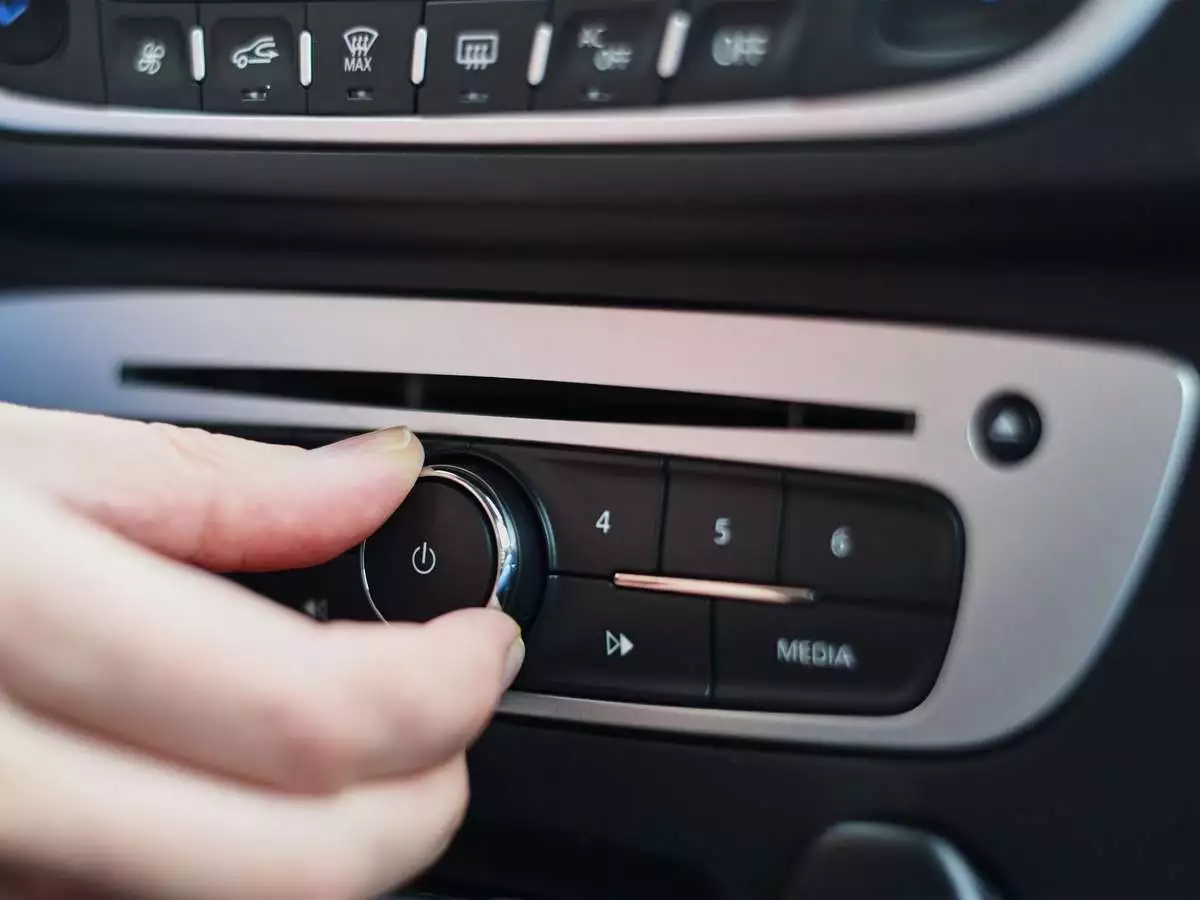
![How Much Does a Car AC Leak Repair Cost? [Full Guide!]](https://vehicleuniversity.com/wp-content/uploads/2023/01/asian-automotive-mechanic-with-blue-uniform-explai-2022-01-19-00-18-40-utc-768x512.webp)
![Can You Open a Car Door Underwater? [Here’s What to Know!]](https://vehicleuniversity.com/wp-content/uploads/2023/01/Depositphotos_52375185_XL-768x512.jpeg)
